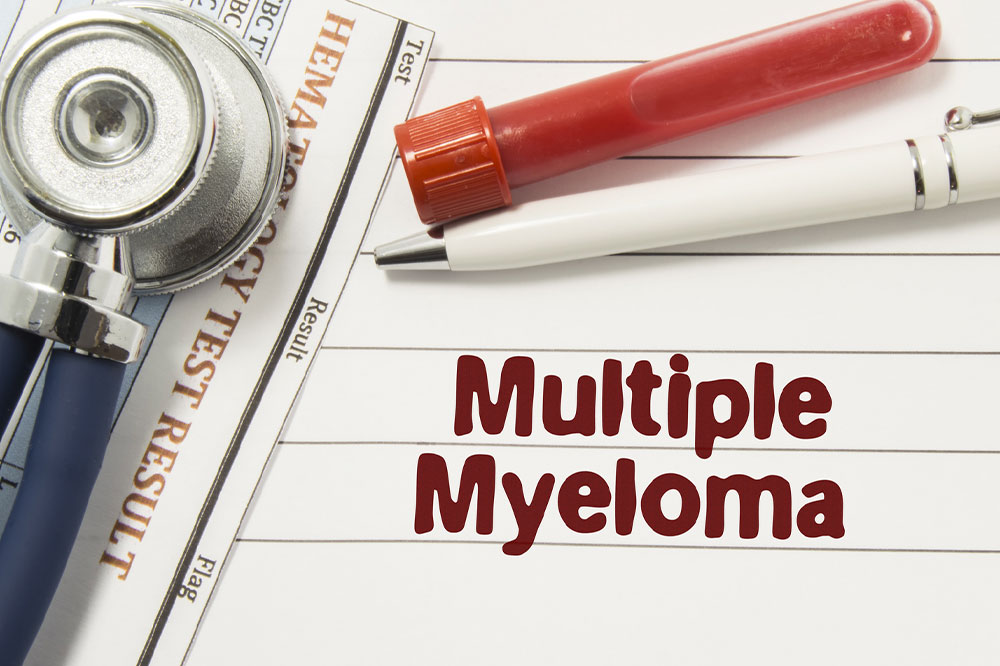9 early signs of sickle cell anemia

Sickle cell anemia is an inherited health condition in which the red blood cells of an individual are crescent or sickle-shaped. These cells block blood flow to various body parts, depriving them of essential nutrients and oxygen. If not addressed, sickle cell anemia can cause damaged organs and nerves. To avoid this outcome, everyone should be aware of some common early warning signs of sickle cell anemia. They are:
Yellowish hue on the skin
People with sickle cell disease often develop jaundice, a condition in which their eyes and skin turn yellow. This happens because the sickle cells’ lifespans are shorter than normal red blood cells and die out faster than one’s liver can filter them out. The yellow color stems from the build-up of bilirubin, a yellowish compound that the dead cells build up inside the body, causing jaundice.
The yellowing of a person’s eyes and skin are early red flags of sickle cell anemia. As this health condition is inherited, people who experience this symptom must visit a healthcare professional immediately, especially if someone in their lineage has the disease.
Frequent infections
Sickle cells tend to damage the spleen, an important organ for protection against specific germs and infections.







